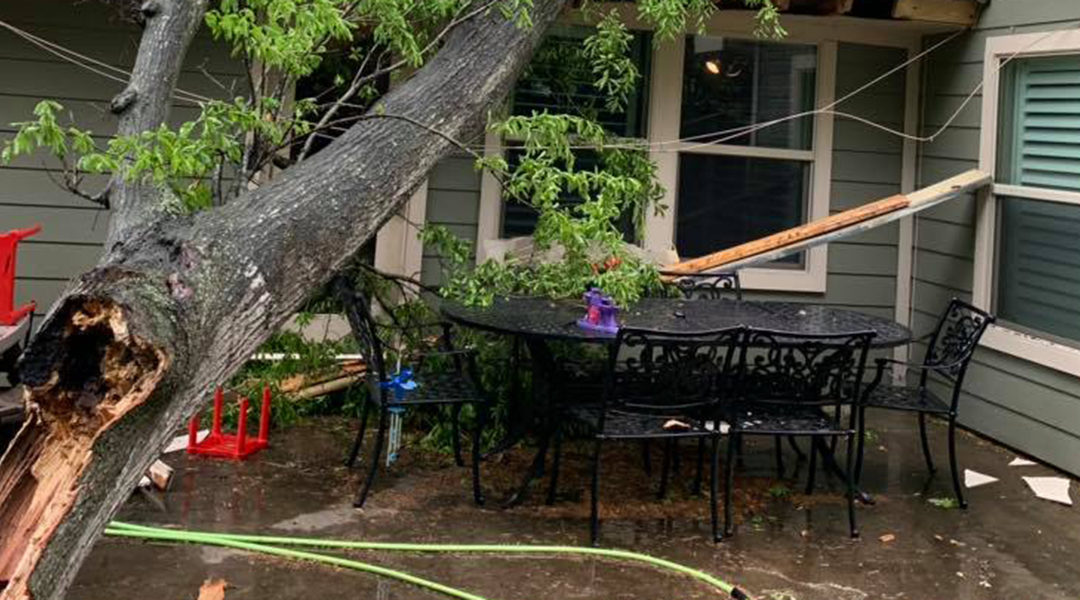Is it better to use a tree wound treatment or not? The short answer is, “No.” In this post, Meadows Tree Service, Foster’s expert tree service, discusses why.
How to Treat Tree Wounds
Old wisdom says that you should seal the damaged area to keep it clean. Modern thinking takes a different approach with tree wounds.
1. Clean the Wound
Just as you would if you hurt yourself, remove bits of debris from the area. These increase the chance of infection and impede healing. Rinse the area using clean water, but not any chemicals or disinfectants.
2. Conduct Proper Pruning if Necessary
It’s better to lay off trimming until the tree heals. That said, you should cut away any jagged bits using a very sharp, clean pruning tool. Disconnect any pieces of the branch still connected to the tree.
3. Don’t Seal the Wound
Your grandad might disagree, but modern thinking is that the tree can heal itself. In the past, people would use a tree wound treatment to prevent infection or infestation. Today we believe that these measures do more harm than good because they don’t allow the area to dry out. This sounds like a good thing until you realize that this means that it’s easier for fungal growth or rot to set in. The tree releases sap that effectively does the same job as the old-fashioned dressings but still allows the area to breathe.
What’s more, some gardener’s remedies call for harmful ingredients that the tree will absorb. You could harm it when it’s at its most vulnerable.
4. Support Good Tree Health
Fertilize and water the tree to help it recover, if necessary. Check the soil to see if the tree needs watering regularly, as it may use more moisture during recovery. It’s also a great time to check for nutrient deficiencies in the ground so your tree has everything it needs.
Just one warning: don’t overfeed your tree at this stage. If you do, you might stimulate growth, and the tree might focus more energy on sprouting than on healing.
5. Monitor the Healing Process
You’re not going to use any fungicides on the wound, but you should watch it to see how it looks. Is it healing as it should? Are there signs that there are pests moving in or signs that point to a disease?
If you notice any troubling signs, or if you think the tree is not doing as well as it should, call us.
6. Mulch
Use organic mulch to:
- Regulate soil temperature and prevent the roots from baking in the sun
- Retain the moisture that the tree needs
- Eventually decompose and provide nutrients
You should apply the mulch from about a foot away from the trunk to where the canopy line ends.
Call a Pro in Foster
Now that you know more about tree wound treatment, it’s time to discover how to save a stressed tree. Call Meadows Tree Service at (832) 692-4931 to schedule service.

